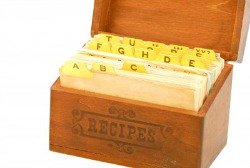
Soapmaking is a great hobby that can be adapted for all skill levels and interest. Soap is very much part of our daily lives.We wash ourselves, our clothes, our homes with it and yet it may be sometimes overlooked.
Ever wonder how soap works? or its history?
Saponification is the term used to define the process that produces soap and glycerin.
Oil or Fatty Acid + Lye or Base = Soap, one kind of salt
You may even be able to find a soapmaking class in your community.
It is a good idea to start by reading up on the various methods. Cold process soapmaking has you make your soap from scratch which is great for unleashing your creativity. This method can be a bit overwhelming at first and I suggest that you start with small batches.

Most soapmaking information is pretty straight forward and recipes are like any other recipe. You will need to be aware and practice safety when handling lye (sodium hydroxide) and other supplies that may be hot. Goggles and gloves should always be worn and your work area well covered.
Lye is a part of the process of saponification and soapmaking. The only no-lye soap alternative is melt and pour or rebatching methods.
Most of the soap recipes on this site will produce 2 pounds (900 grams) of soap. This amount gives about 6 to 7 bars of soap, which is large enough to really try the bars and give a few away and it will not break the bank if your soap does not turn out right.
There are great melt and pour recipes that have skin moisturizing benefits and natural additives to enhance your soaps. There exist a variety of premade soap bases such as olive oil, goat’s milk, glycerin and shea butter. You can add scents, milk powders, colorants and exfoliants.
You will need some equipment and should be separate (if they are in contact with lye) from your baking and other craft supplies.
Finally, Molds can include be simple washed milk/juice cartons, wooden loaves or silicone cookware works great.
